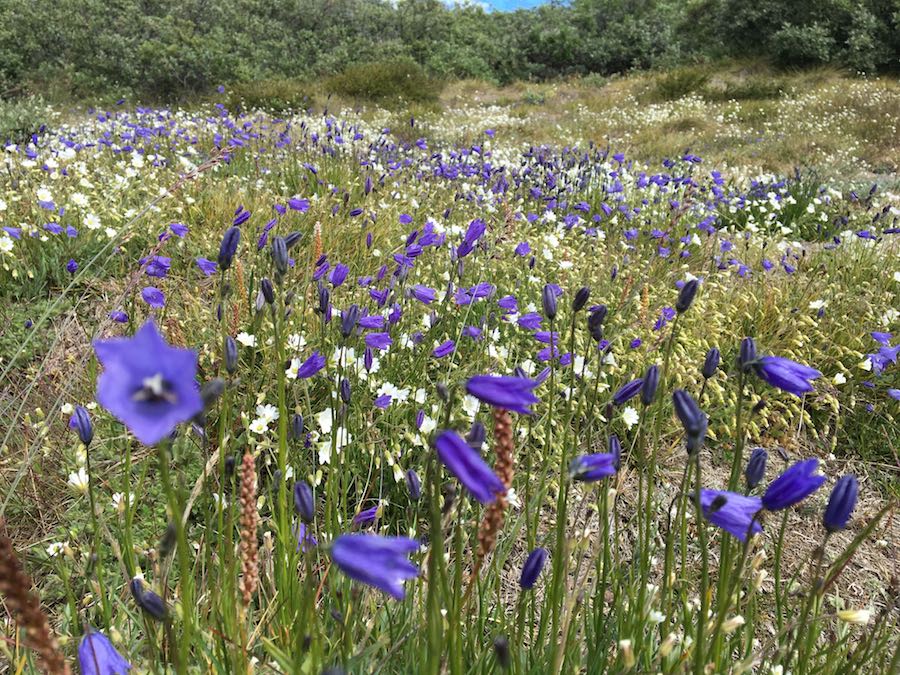
Trends show spring starting earlier at higher latitudes
Having spring start early may sound pleasant, especially in cold areas such as the Arctic. However, as spring keeps occuring at earlier dates, places at higher latitudes are more likely to start the season at a faster rate than the rest of the world, affecting animals and plants.
In an interdisciplinary paper published in Nature, researchers looked at historical and current data of phenology and the physical climate system to determine that spring was occuring sooner for most of North America.
Phenology is concerned with the study of timing in the natural world, the interplay of daylight length, plants and animals. The physical climate system describes climate and the role of physics in it.
“So this project — which looks at the relationship between the two, i.e. how physical climate changes are impacting ecosystems, was a perfect collaboration,” said Michael E. Mann, a co-author of the paper and a professor at Pennsylvania State University.
In general, spring is occurring earlier for all parts of North America. But closer to the North Pole, spring occurs much sooner than it did a decade ago. This means that some places in California could have their spring season start a few days earlier than it did a decade ago. For Arctic regions, the season could start weeks sooner.
“This project in particular was motivated by a long-standing observation based on very few analyses that spring is advancing more rapidly farther north,” said Eric Post, the lead author of the paper and a fellow at the John Muir Institute. “But one aspect of the results that I didn’t expect is that the rate of advancement of spring with increasing latitude is about 2 to 3 times greater than previously thought.”
An increase in the amount of daylight signals to wildlife that spring has arrived, and many change their behavior in response. Since spring is occuring sooner in some areas than others, animals that migrate will be affected greatly, for they could come from a place that just started spring and go to areas that may or may not have began the season.
“Our results suggest that any long-distance migratory species […] may find it increasingly challenging to keep up with the onset of spring resource availability on their breeding grounds,” Post said. “Such species start their annual northward migrations on the basis of changes in daylength, while the species they plan to consume on their breeding grounds, whether those are plants or insects, time their spring emergence on the basis of local temperatures. With future warming, the early bird may not be early enough to get the worm.”
This study shows that as the planet warms, regions such as the Arctic will be especially vulnerable. The start of warmer seasons shows one of the global effects of climate change that is very difficult to reverse.
“Nature is really noisy, which makes it hard to detect a human signal, but we’re starting to see clear evidence of human impacts on a large scale,” said Byron A. Steinman, a co-author of the paper and a professor at the University of Minnesota Duluth. “The effect of surface temperature increases on ecosystems is one such broad scale change that we can now, with confidence, say is due to human activity.”
Written by: Rachel Paul — science@theaggie.org




